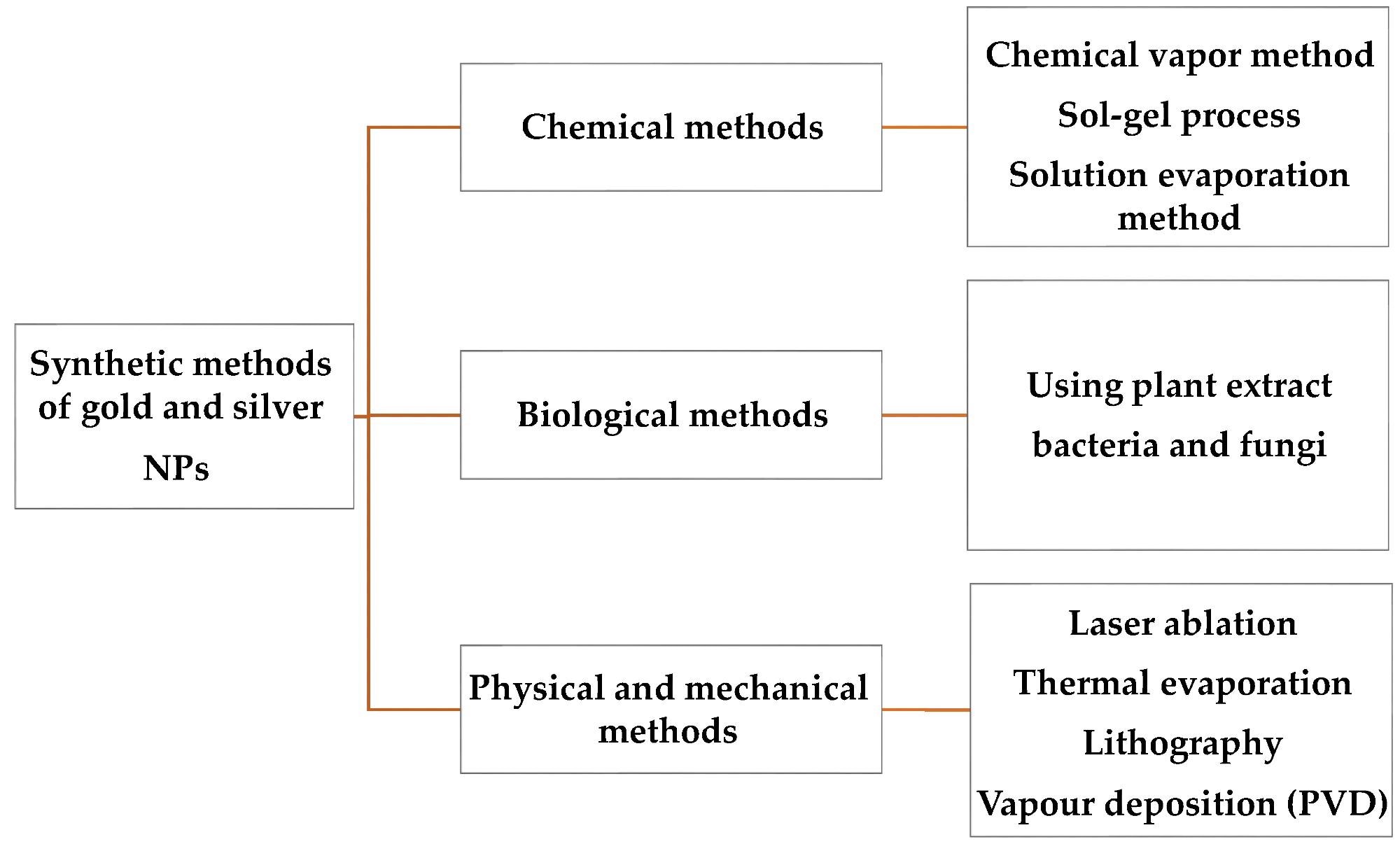.jpg) By Susha Cheriyedath, M.Sc.Reviewed by Skyla BailyMar 2 2022
By Susha Cheriyedath, M.Sc.Reviewed by Skyla BailyMar 2 2022The use of gold (Au) and silver (Ag) nanoparticles (NPs) to combat multiple-drug resistance (MDR) is the subject of a newly published study in the journal Materials. The researchers discussed the numerous processes for synthesizing Au and Ag nanoparticles as well as their use as antimicrobial agents in nanomedicine.

Study: Silver and Gold Nanoparticles for Antimicrobial Purposes against Multi-Drug Resistance Bacteria. Image Credit: Kateryna Kon/Shutterstock.com
Background
The onset of the coronavirus disease 2019 (COVID-19) pandemic has exposed the global population to the use of antibiotics on a daily basis. These antibiotic residues avoid screening during wastewater treatment and wind up in the different biota of the ecosystem. Excessive use of antibiotics causes genetic changes in microorganisms over time, leading to antimicrobial resistance (AMR).
The overuse of antibiotics causing AMR is a huge global concern, with recent studies warning about a link between AMR and severe acute respiratory syndrome coronavirus 2 (SARS-CoV-2).
Because of their unique antibacterial capabilities, metal nanoparticles such as Au and Ag can be employed as novel instruments to combat this public health concern. Metal nanoparticles have been shown to have the ability to destroy bacteria and prevent biofilm development.
Identifying the dangers associated with antibiotic-resistant bacteria in the environment or contaminated soils is another strategy to prevent AMR. This necessitates the development of integrated and precise assays capable of concurrently identifying many analytes such as antibiotics and pathogenic microorganisms. Using the optical characteristics of metal NPs, such as Au NPs, in combination with other polymers and nanomaterials to detect complex biological and chemical combinations in soil could be a potential option.
The Review and Observations
In the present study, the researchers reviewed literature focusing on the unique properties of Au and Ag NPs used in the inactivation and destruction of AMR and MDR bacteria, the advancement of biosensors, and their usage as drug delivery systems, as well as the challenges and potential solutions associated with their use in this field.
The purpose of this work was to examine the role of Ag and Au NPs in antimicrobial resistance. These nanomaterials could be crucial in antimicrobial applications due to their optical properties, large surface area, and cost-effectiveness, all of which could offer superior synergy in antimicrobial actions. They can also target the bacterial structure, and some studies indicate that the synergistic effect of NPs and antibiotics improved the antibacterial action of antibiotics.

Various synthesis methods of Ag and Au NPs. Image Credit: Rabiee, N et al., Materials
The antibacterial properties of the NPs as well as their efficacy against a variety of pathogens, including antibiotic-resistant bacteria, have been investigated in many studies. Furthermore, developing regulated drug/antibiotic delivery systems based on nanostructures like Au NPs could be a very appealing and successful strategy to combat AMR. One of the most essential difficulties, however, is the consideration of their cytotoxicity effects that make clinical use problematic.
To synthesize Ag and Au NPs, a variety of approaches, including chemical, biological, physical, and mechanical procedures, as well as chemical and photochemical processes, can be used. The size and form of NPs, in addition to the synthesis technique, play a crucial role in this antimicrobial activity. Interestingly, multiple studies have found that NPs of smaller sizes have high antimicrobial action.
Based on many studies, the researchers concluded that Ag NPs react with membrane structures of the bacterial cell leading to cell damage. Two key pathways for the antimicrobial activity of Ag NPs are interaction with the membrane of the microbe and disrupting membrane function. Other research works on Ag NPs have shown that due to the proliferation of MDR microbial strains, Ag NPs must be considered as an agent to control antimicrobial strains.
One study demonstrated the green synthesis of Ag NPs using the aqueous leaf extract of the desert plant Sisymbrium irio and using them against various MDR bacteria. When different concentrations of these Ag NPs were tested against MDR Acinetobacter baumanii and Pseudomonas aeruginosa, they exhibited inhibition of both the organisms at a concentration of 6.25 µg.
Because of their unique physicochemical features, the antibacterial activity of Au NPs has become an important research focus. Small molecules of functionalized Au NPs can provide better bioavailability, stability, and biocompatibility than the carriers alone. The toxicity of NPs is influenced by their surface and size. The biocompatibility of nanoparticles with blood components is a contentious topic, as they enter the bloodstream and come into touch with many blood components, thus altering platelet function and resulting in bleeding or thrombosis.
Conclusion
Since the recognition of many Ag-resistant bacteria in recent years, the development of Ag and Au-based antimicrobial therapies has become challenging. Antibacterial substances such as Ag and Au NPs can be used to transport medications in a targeted manner, resolving crucial issues like multidrug resistance. However, because of Ag nanoparticles' cytotoxicity, their use in nanomedicine has been severely limited.
Although the ease of synthesis and biocompatibility of Au NPs have rendered them suitable for medical applications, it remains to be seen if they are affected by intracellular agents. More research employing in vitro and in vivo models is needed to ensure that more NPs can be used.
Disclaimer: The views expressed here are those of the author expressed in their private capacity and do not necessarily represent the views of AZoM.com Limited T/A AZoNetwork the owner and operator of this website. This disclaimer forms part of the Terms and conditions of use of this website.
Source:
Rabiee, N.; Ahmadi, S.; Akhavan, O.; Luque, R. Silver and Gold Nanoparticles for Antimicrobial Purposes against Multi-Drug Resistance Bacteria. Materials 2022, 15, 1799. https://doi.org/10.3390/ma15051799, https://www.mdpi.com/1996-1944/15/5/1799